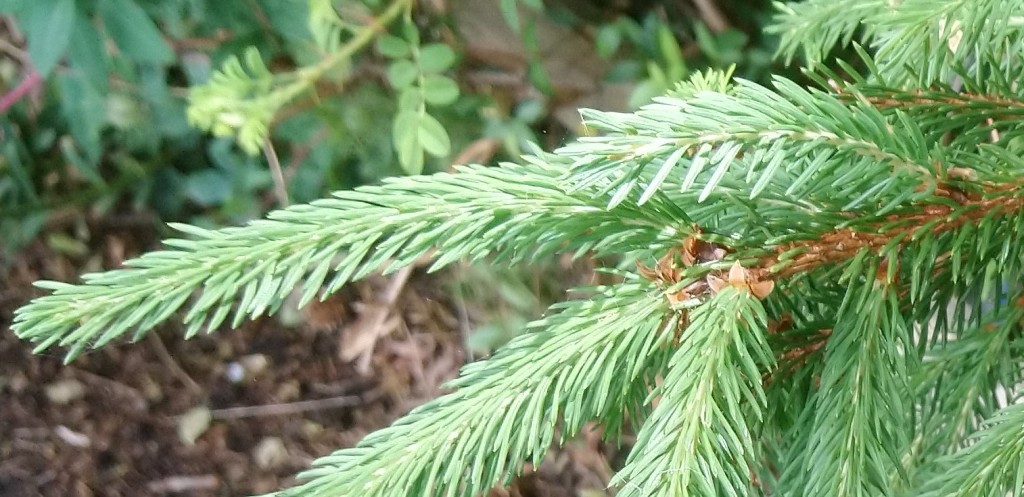
[266] Picea abies, Norway Spruce
Introduction
Picea abies, the Norway Spruce, is widely known in the UK as the traditional Christmas Tree. It is not common as a cultivated tree but sometimes the used Christmas Tree may be planted outside, perhaps with the intention of re-use next year.
The other species of Picea are also known as Spruce. Some of them can be used as ornamental trees. The species are so similar that some others are also now sold as Christmas Trees.
Picea abies is also known as the European Spruce.
Taxonomy
Kingdom – Plants
Division – Vascular Plants
Class – Pinopsida (Conifers)
Order – Pinales (All extant Conifers)
Family – Pinaceae (Pines and others)
Subfamily – Piceoidea
Genus – Picea
Scientific Name – Picea abies
It has about 150 scientific synonyms, including various species of Abies (Fir), Pinus (Pine), and Picea (Spruce).
Name
The Middle English Spruce came from Pruce, the geographical are now known as Prussia. From the Fourteenth Century, spruce was a general term for commodities brought to England by Hanseatic merchants.
Picea comes from the Latin picea, used for [269] the Scotch Pine. Picea comes from pix, cognate with what we now call pitch, the tar-like resin that can come from trees.
Abies is the genus name for Fir Trees, close relatives of Cedars, and the name is the Latin for a Fir Tree, coming from Ancient Greek. You will have noticed that I haven’t included fir trees, which could have come in on 1 January.
[The Romans were probably just as confused with common names as I am. Picea could mean the Scots Pine or a Spruce tree. Scots Pines used to be called Scots Firs.]
Description
Picea abies is the familiar Christmas Tree of Britain. We may only see trees of up to two or three metres but they can grow quickly and easily to twenty metres and eventually to fifty or sixty metres.
While all conifers are tall, generally evergreen trees with needle-shaped leaves and cones instead of flowers; you will have noticed that I don’t get excited at having to describe how the species differ from each other. I won’t do it for the Spruces,
One aspect of the Norway Spruce that makes it useful for holding decorations and small presents is that the main branches come out almost horizontally from the main trunk. It tends to grow in a neat, conical shape.
Other species of Spruce in the European group are geographically separate and tend to hybridize easily. There are other species found in North America and Asia, mostly in mountainous areas.

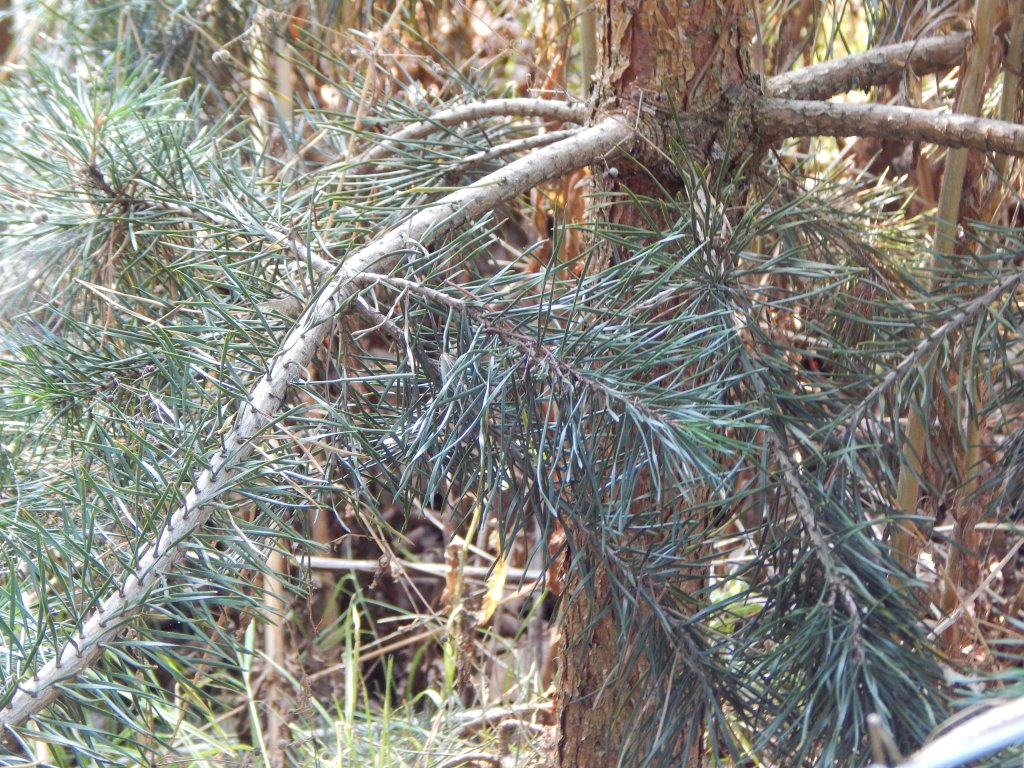
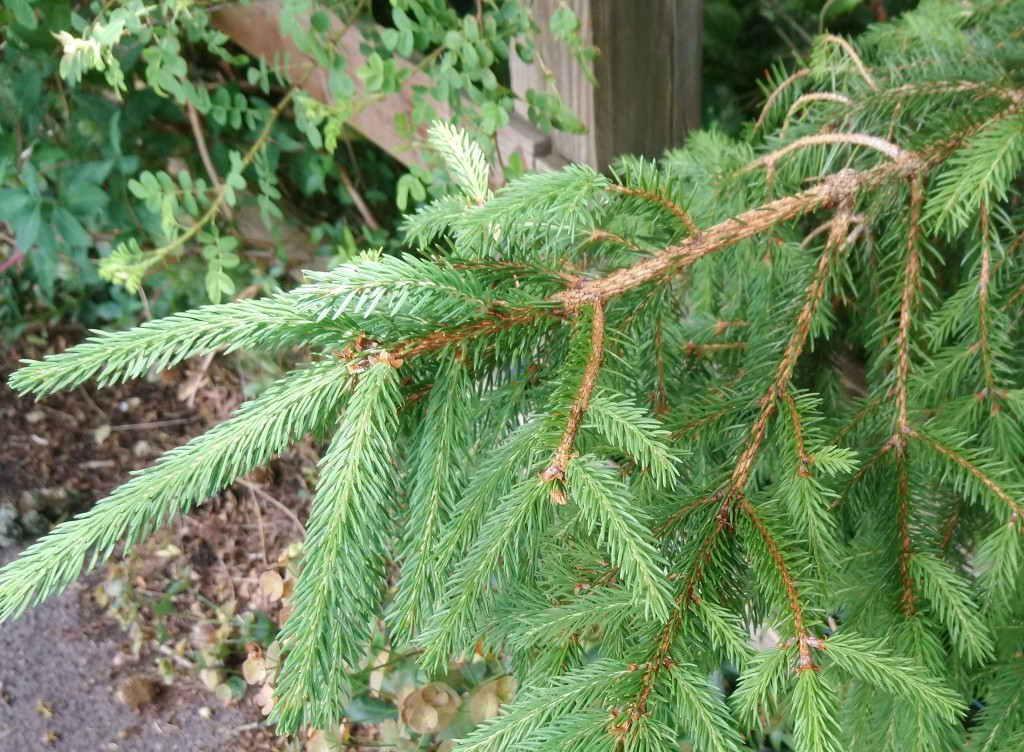
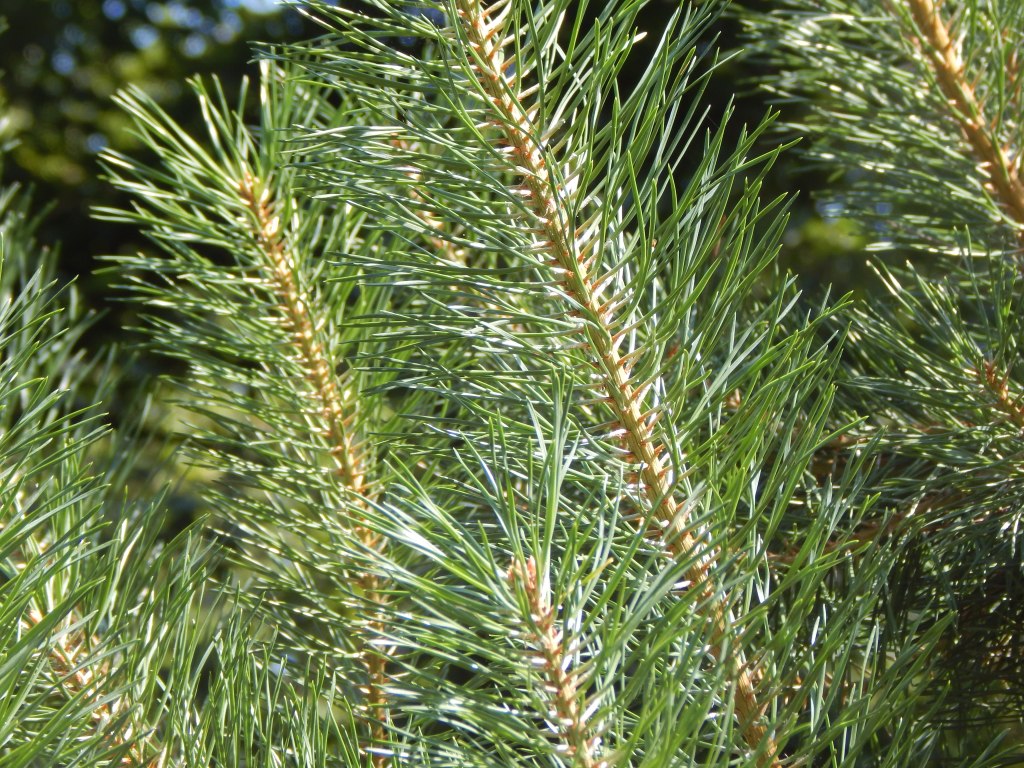
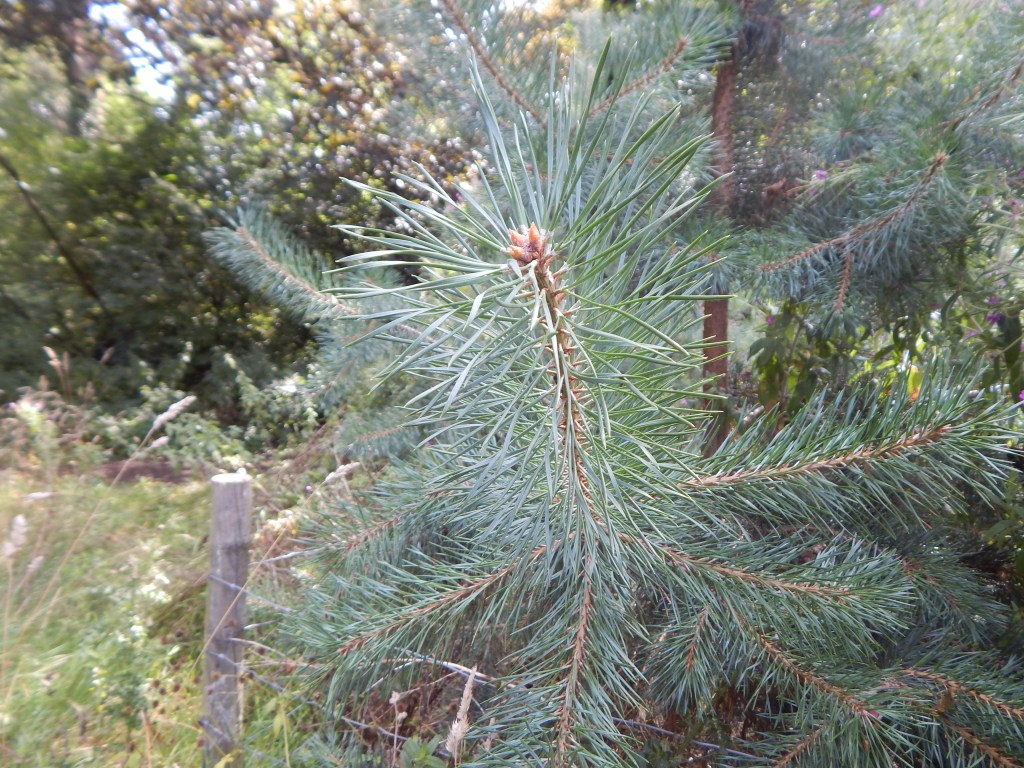
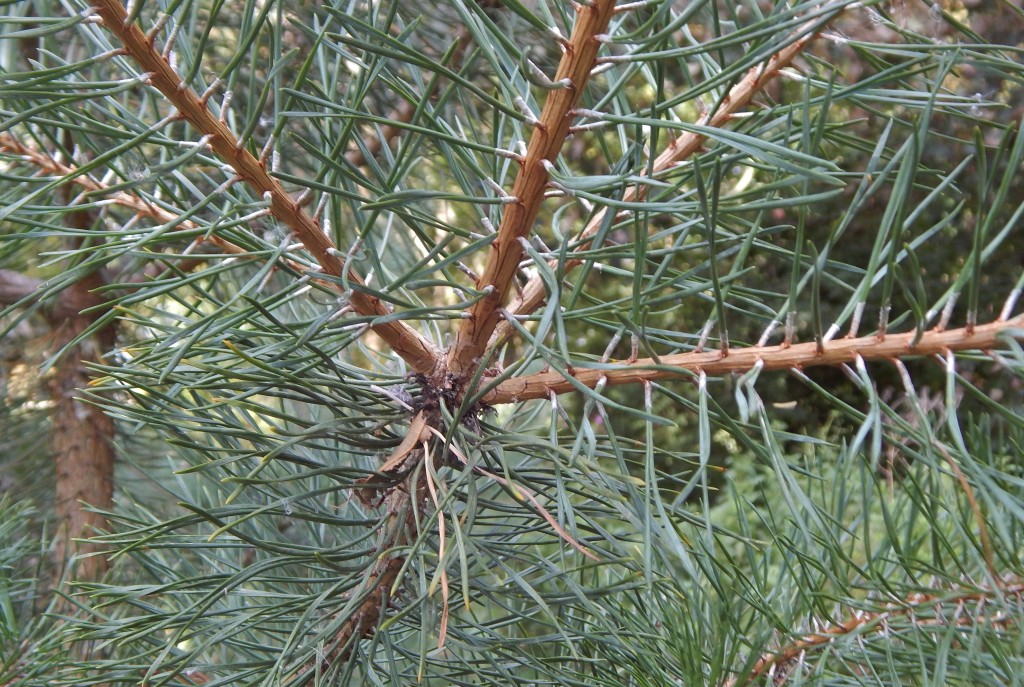
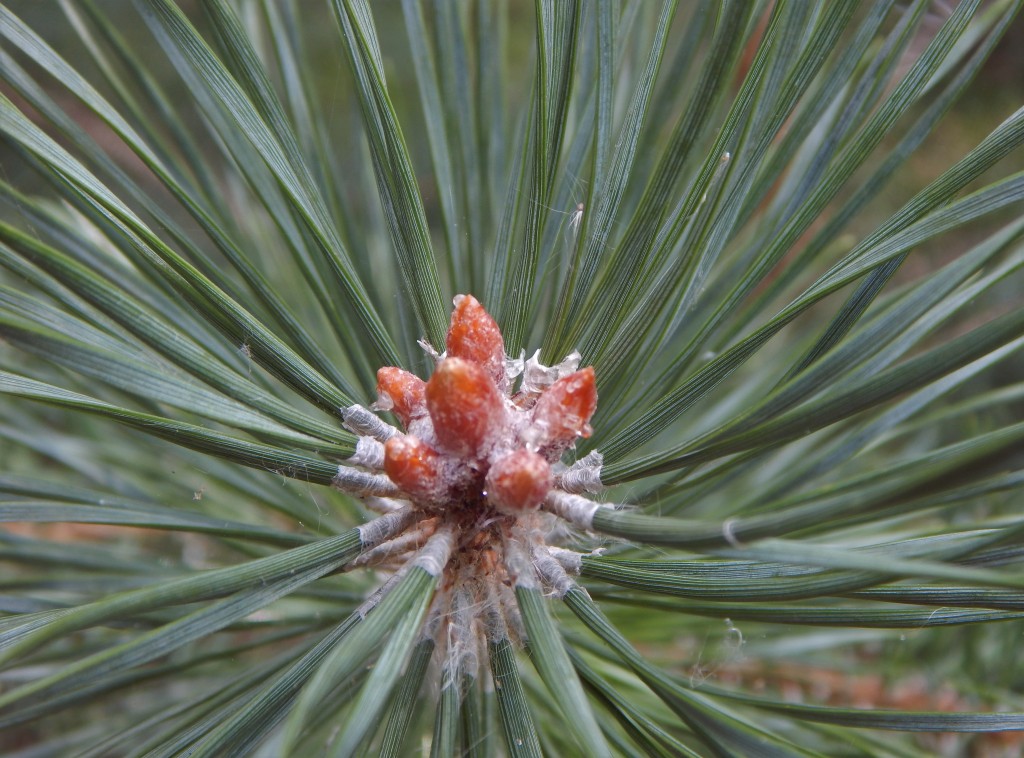
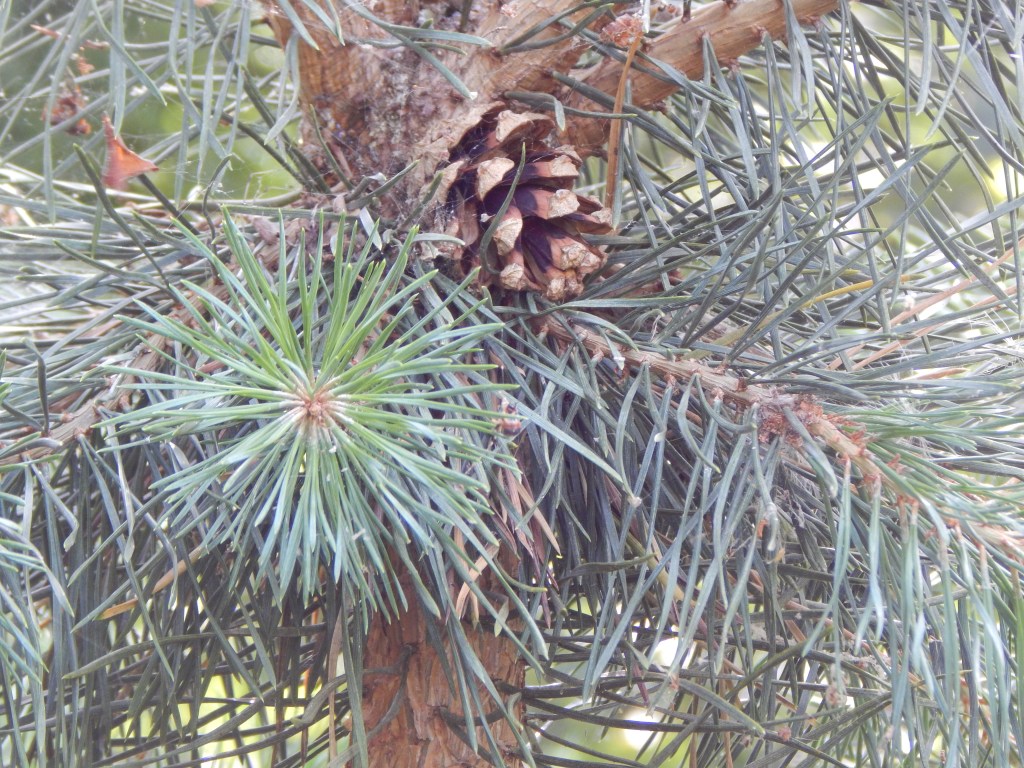
Habitat and use
The Norway Spruce is native to Norway, Sweden, Finland, western Russia and parts of central Europe. It is introduced and naturalised over north-west Europe including all of the UK.
It is by far the most common tree used as a Christmas Tree in the UK although other species are used. They are either very young saplings or the tops cut from larger trees.
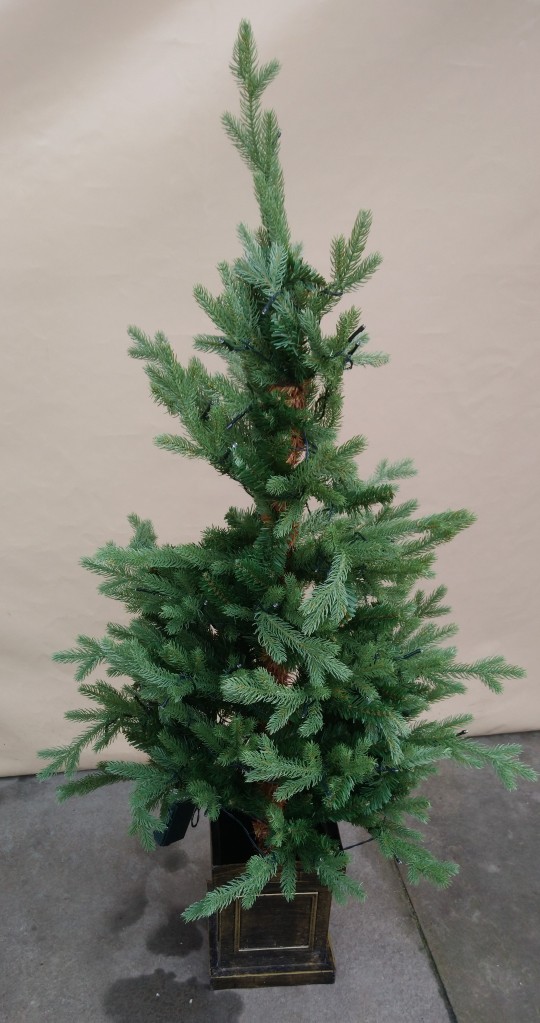
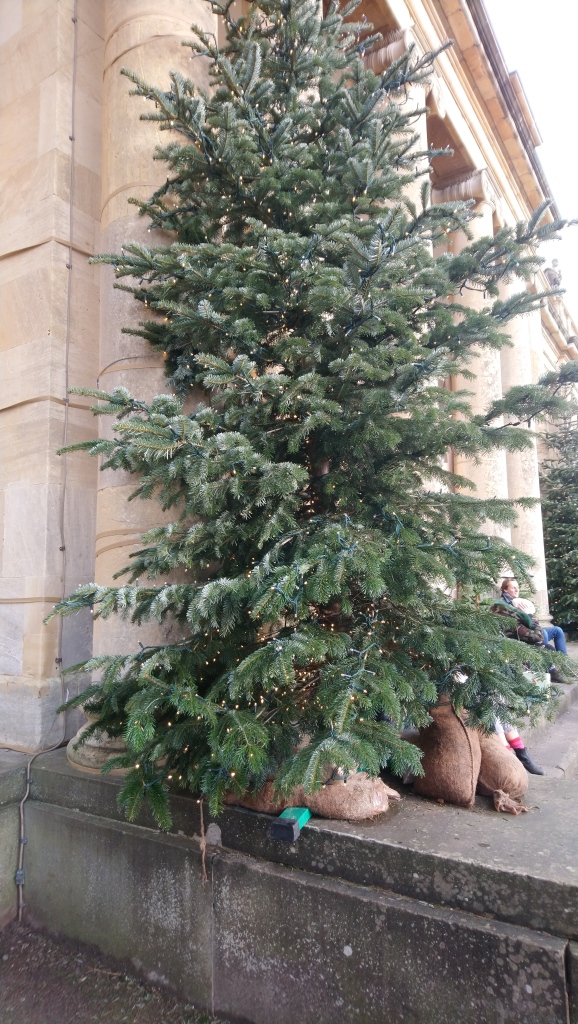

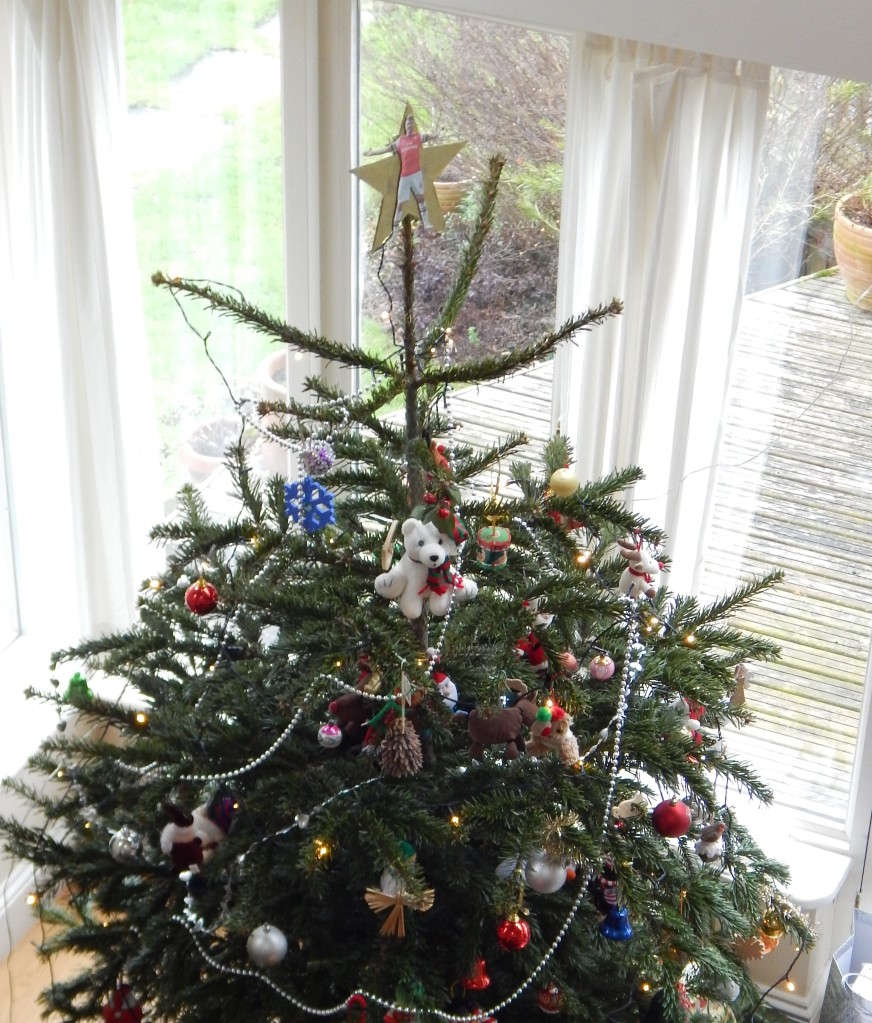
All species of Spruce are used for their timber and in the production of paper.
The Norway Spruce is widely cultivated in parks and gardens and cultivars are available. They can live for 300 years in their natural environment but survive for less time in naturalized areas.
See also
Picea omorika, the Serbian Spruce, is now sometimes sold as a Christmas Tree. Its native range is a small area of about 150 acres in Serbia.
